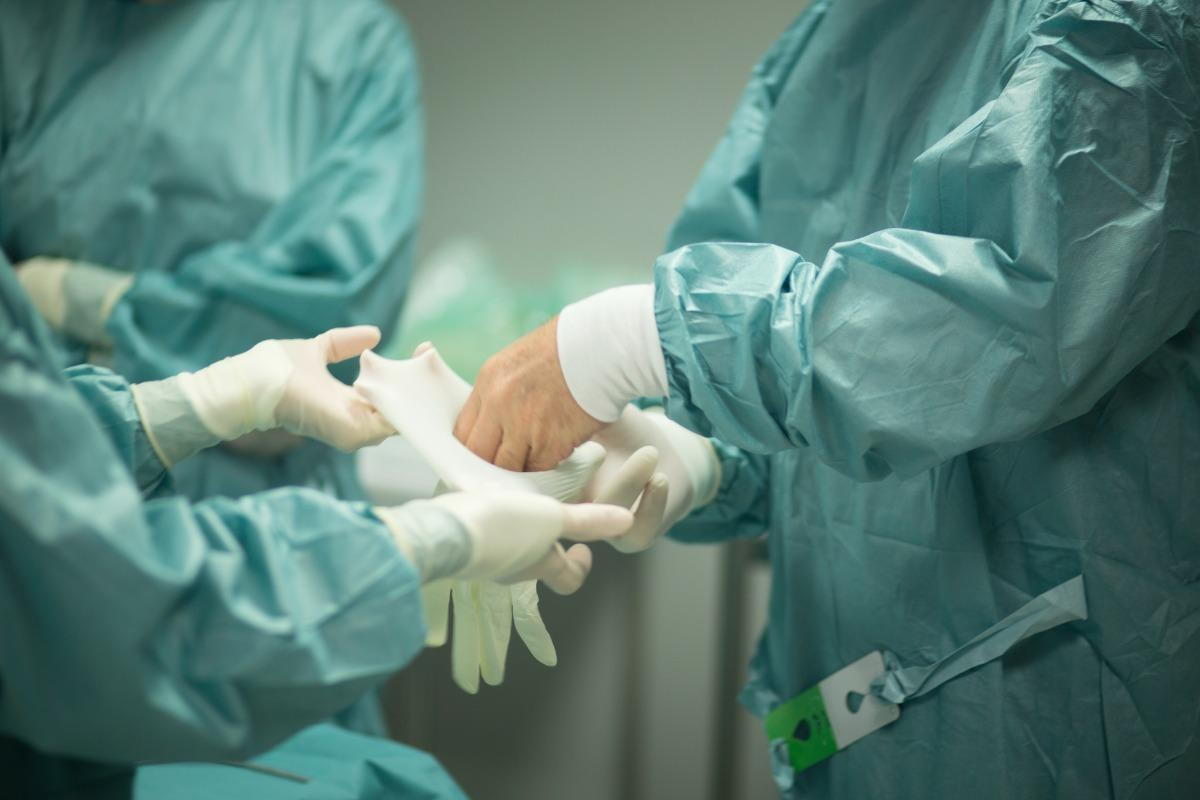
- posted: May 01, 2024
Medical malpractice lawsuits are brought when a patient alleges to have suffered harm at the hands of doctor or other healthcare professional. The patient can seek monetary damages as compensation for the injuries sustained and their related costs. In Illinois, there is no limit to the amount of damages recoverable, but the burden is on the patient to prove the malpractice and resulting injuries by presenting objective and compelling evidence, including expert testimony.
Plaintiffs in medical malpractice cases must demonstrate that the harm they suffered was the result of a medical provider’s failure to adhere to the applicable professional standard of care. These are the principal types of proof used:
Medical records — Central to proving damages in a medical malpractice case are the plaintiff's medical records. These records provide a detailed account of the plaintiff's medical history, the treatment they received and the subsequent complications or injuries they suffered.
Expert testimony — Since medical opinions can differ, testimony from doctors of the same area of specialization is often necessary to interpret medical records, establish the standard of care that should have been followed and demonstrate how the defendant's actions deviated from that standard. In every case, Illinois law requires submission of written report from a knowledgeable health professional stating that there is a reasonable and meritorious cause for the lawsuit.
Plaintiffs can seek various types of damages to compensate them for their losses. Damages fall into these two categories:
Economic damages — These are compensation for financial losses incurred as a result of the malpractice. They include medical expenses, lost wages or earning capacity, rehabilitation costs and other out-of-pocket expenses related to the harm done. To substantiate economic damages, plaintiffs must provide documentation of their financial losses, including medical bills, receipts for out-of-pocket expenses and records of lost wages or earning capacity.
Non-economic damages — These are compensation for intangible losses such as pain and suffering, emotional distress, loss of enjoyment of life and loss of consortium (damage to the relationship between the plaintiff and their spouse). Although subjective, these damages can help quantify the full impact of the malpractice on the plaintiff’s life. Proof can come from the testimony of friends, family members or other individuals familiar with the plaintiff's condition. Photographs, videos and other visual evidence also may document the changes to the plaintiff’s life.
If you suffered harm that you believe was caused by medical malpractice, you have a limited time to pursue your legal rights. A lawsuit must be filed within two years of the date you learn of the injury, or reasonably should have learned of it, and within four years of the act of malpractice. An experienced medical malpractice attorney can analyze the facts and advise whether you have a viable cause of action.
Skinner Law Firm, P.C. in Bridgeview, Illinois has been providing trusted legal services throughout the Cook County area for nearly 20 years. Please call 312-635-6459 or contact us online to schedule a free consultation.


